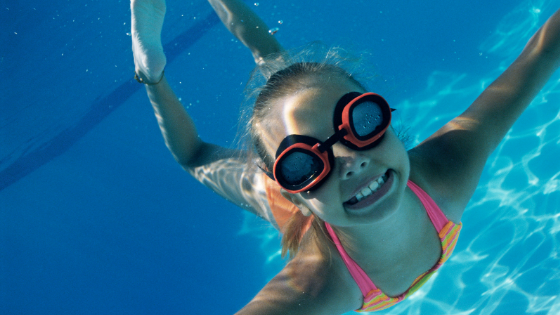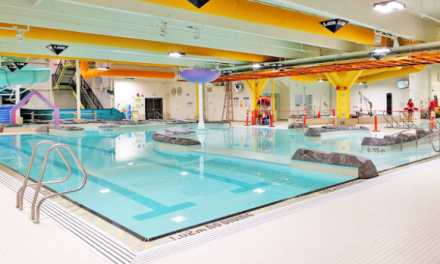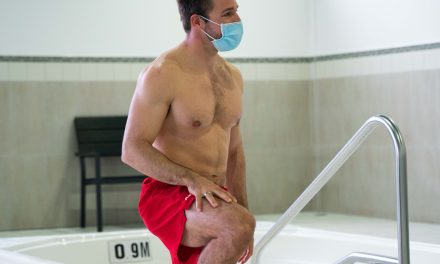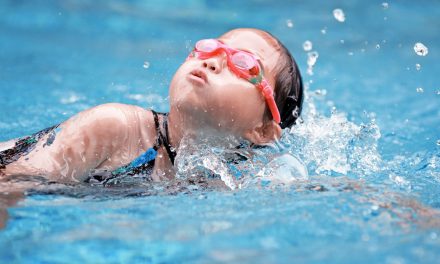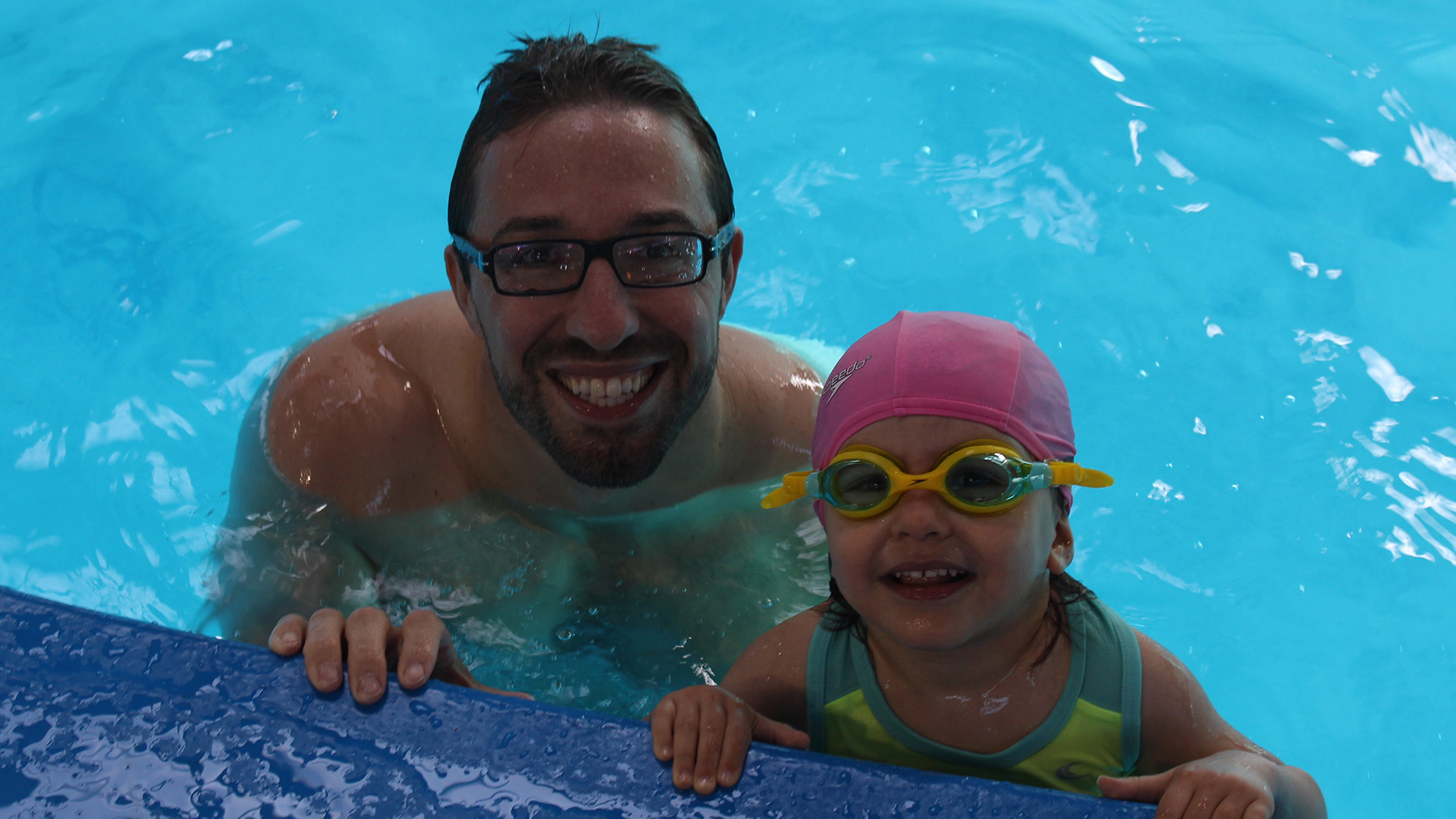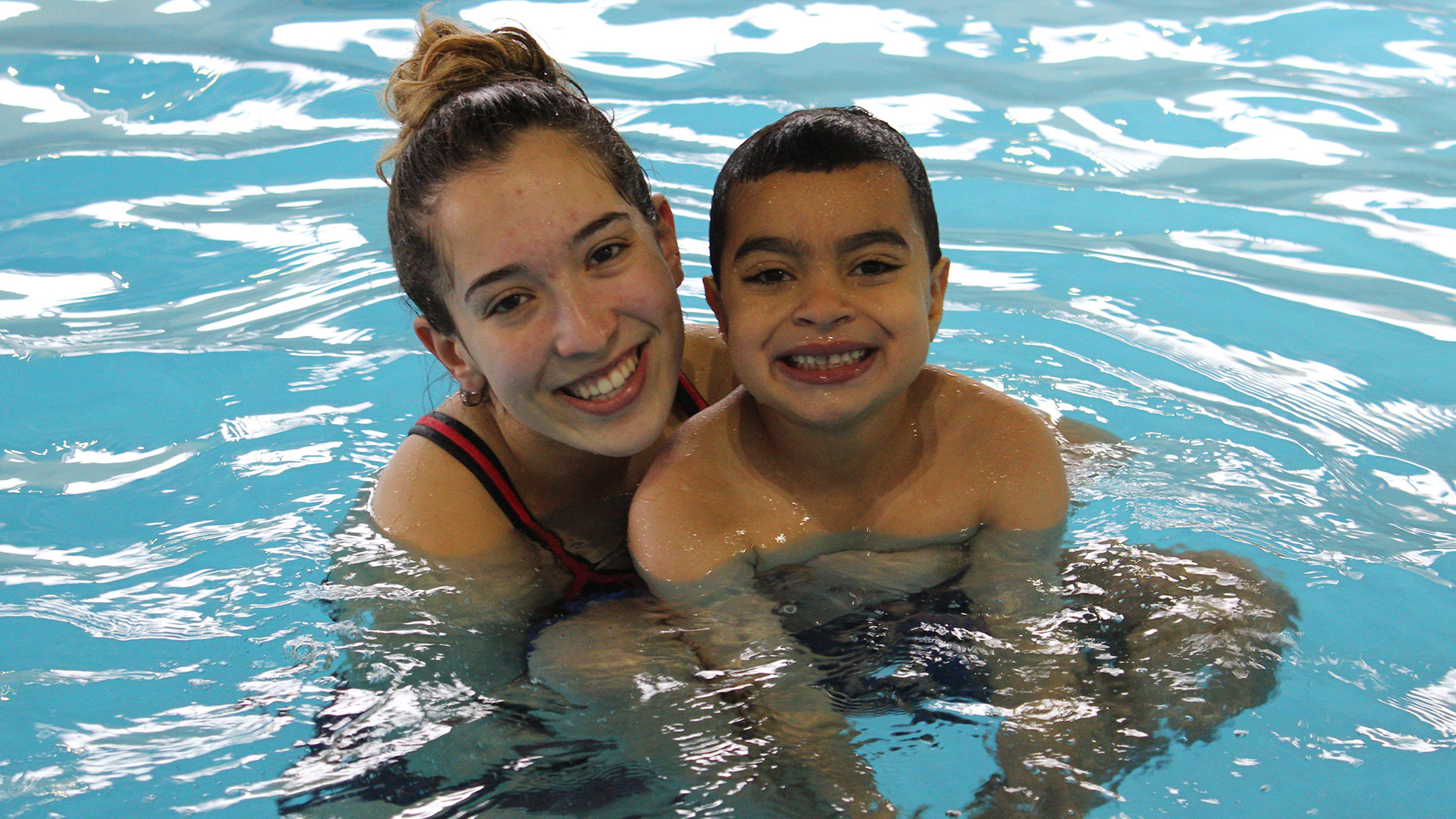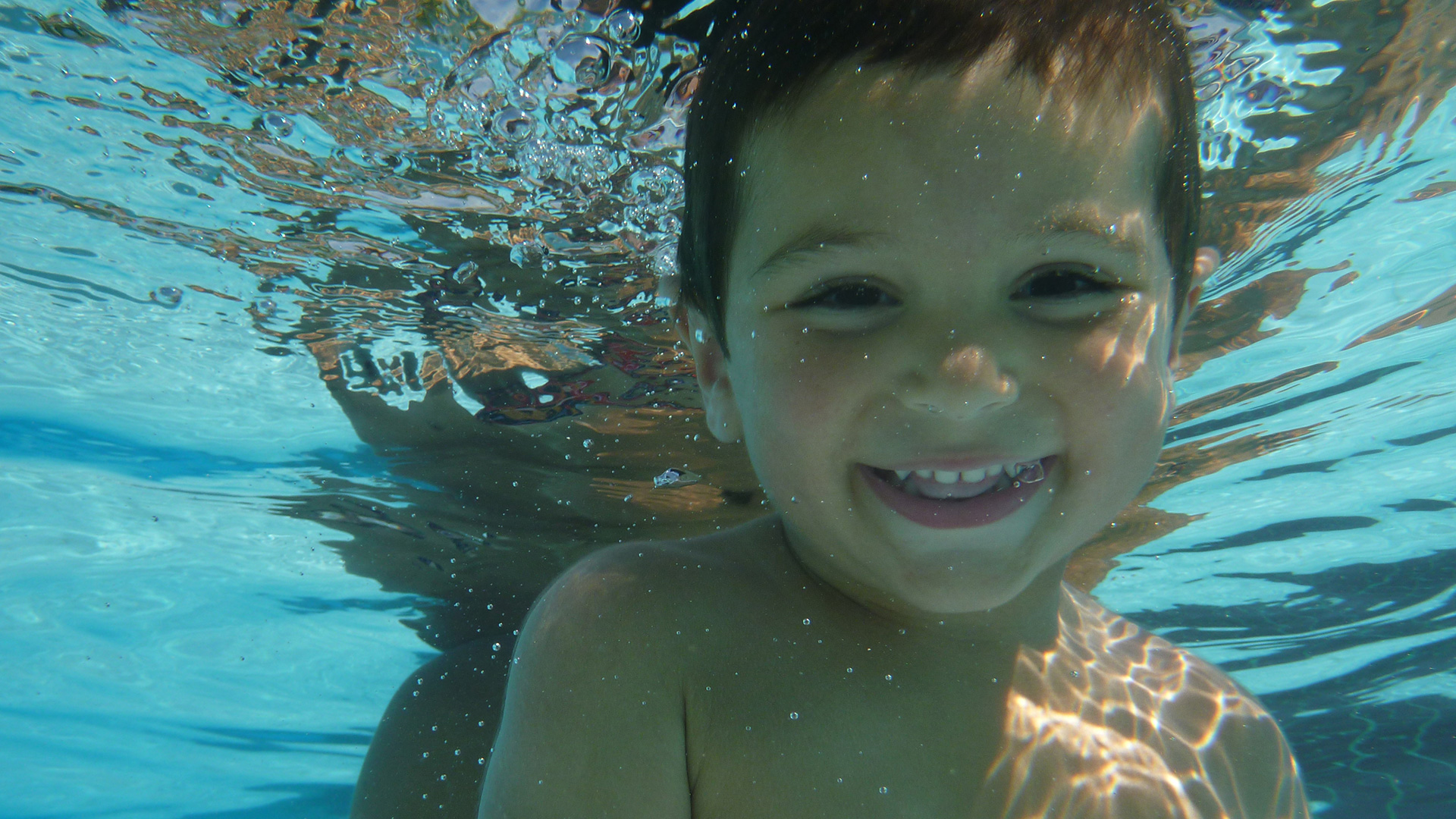Over my many years teaching swimming, I’ve found three hurdles new swimmers overcome early that set them apart from their peers. The sooner they face their fear of water, lack of ability and self doubt, the faster they become willing to try new techniques and become great. Once they realize how fun swimming can be, I find they put in the necessary effort to succeed much more amicably. All the bad habits they had or started to develop fall to the wayside. They show more commitment and see swimming in a whole new light. It’s no longer an obstacle in the way of their ability to enjoy the pool. Rather, it becomes THE way they enjoy their time at the pool. Sprinkle in a few games and skill based learning, exercises and drills throughout the class and time flys. They’ve learnt how to swim, had fun along the way and discovered just because something is going to be a challenge, doesn’t mean it’s not worth the pursuit.
Overcoming Fear and Self Doubt
I don’t have enough fingers and toes combined to count the number of times I’ve seen the same story play out. New swimmers come to the pool for the first class, already wide eyed and skeptical about this whole swimming thing. After a light discussion with mom or dad they are peeled from a clutched leg and sit poolside while an instructor coercises them into the water. Promises of fun to be had have no effect, as the child looks down at their toes, back at their parents or even worse, melts down. The only way to get new swimmers over their fear is by getting them in the water. The more we prolong the inevitable and build a gap between the idea and act of swimming, the more likely they are to have an adverse reaction once in the water.
The best way to overcome that fear is by jumping into the pool, trusting your instructor and starting the lesson as quickly as possible. All parties involved would rather see an attempted effort and somewhat productive lesson. No one wants to waste time having little Johnny sit on the side for 20 minutes, while a timid instructor negotiates terms with a 4 year old. This is swimming, not car sales, the negotiation starts when the child is in the water. Proving to themselves, their parents and the instructor that they are willing to try to become a better swimmer.
Where There’s a Will, There’s a Way
Once you have a new swimmer in the water it will become obvious almost immediately whether they will be willing to perform for you. Regardless of their lack of motivation, it is your job as the instructor to find the way that works. A great place to begin is by starting with a game or a challenge. My favourite method varies depending on the swimmer and their particular personality. Starting with a game is great for younger swimmers because it gets them excited right off the bat. They already associate games as positive experiences. It helps distract them enough to get their mind off the fact that they are in the water. By the end of the game they are willing to try the next skill or exercise. They want to prove they can do anything, game or not, this whole swimming thing is easy!
This same premise works with the challenge angle for older swimmers. Asking them to prove to you they can perform at a slightly higher level. Challenging them to show you a particular skill or set of skills early on allows you to set a benchmark of their abilities. Once you understand their foundation better, it’s easier to build around what they can already do well. The aim is to cause as little resistance as possible when teaching a new swimmer. Getting them motivated and having them to show you they can put in the required effort, makes everyone’s experience in the water more enjoyable.
Habit Formation: the Good, the Bad and the Fishy
Getting a new swimmer to form good habits in the water is easier said than done. But there are a couple things you can do right away that help facilitate proper technique development down the road. For starters, use analogy and metaphor when describing how to do a particular movement. Kids can understand early how something is done by its look and feel and less by what the mechanics are. Fine tuning and structural detail corrections come later, first we need to get them moving effectively through the water. Comparing movements to animals is the easiest way to get proper form from a new swimmer. Building on and layering additional movements makes for quick progression.
With slightly older swimmers, if you find yourself fighting bad habits or an odd method of traversing the pool. Analyze their movements and try to understand where the problem areas are, before trying to overhaul their entire stroke. If a swimmer has gotten to the point where they are swimming solo and can get themselves from point A to B. Then it becomes more important to fix minor details to maximize efficiency. Early on when they are first learning, not as much. The most effective way to fix bad habits is to never form them in the first place. When it comes to breaking bad habits, change one element of the stroke at a time and don’t overcomplicate your method of instruction. By using simple and descriptive metaphors you can ensure your swimmer is like a fish in the water in no time.
Whether it’s the swimmer’s first time at the pool or first class with you as their new instructor. I hope these three tips help you set the framework for how to get the most out of every one of your students. As the instructor it is paramount you do everything in your capacity to keep swimmers excited and motivated about swimming. Using games and challenges help ease into class while getting them actively participating and most importantly, in the water. As you build a relationship with your swimmers, aim to teach them proper technique and methods from the start. Skill correct when necessary little by little and be descriptive when explaining how to perform a particular movement as opposed to what the mechanics are. This will help facilitate a better understanding between you and your swimmers, making their time with you a positive, enjoyable and productive experience.


